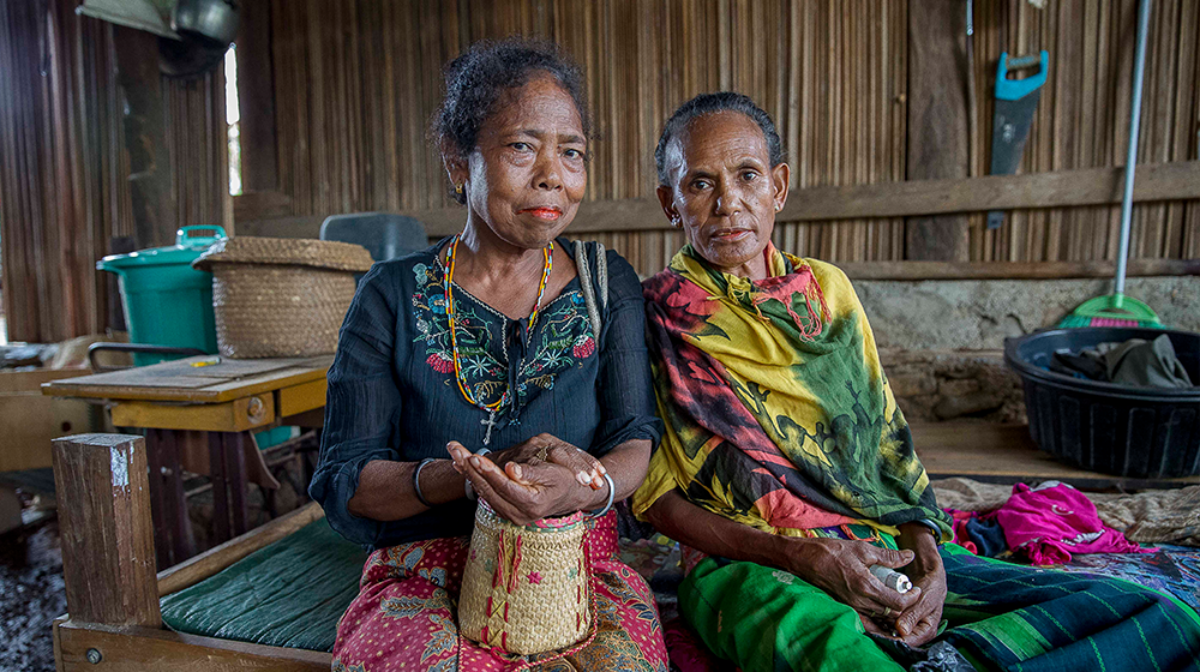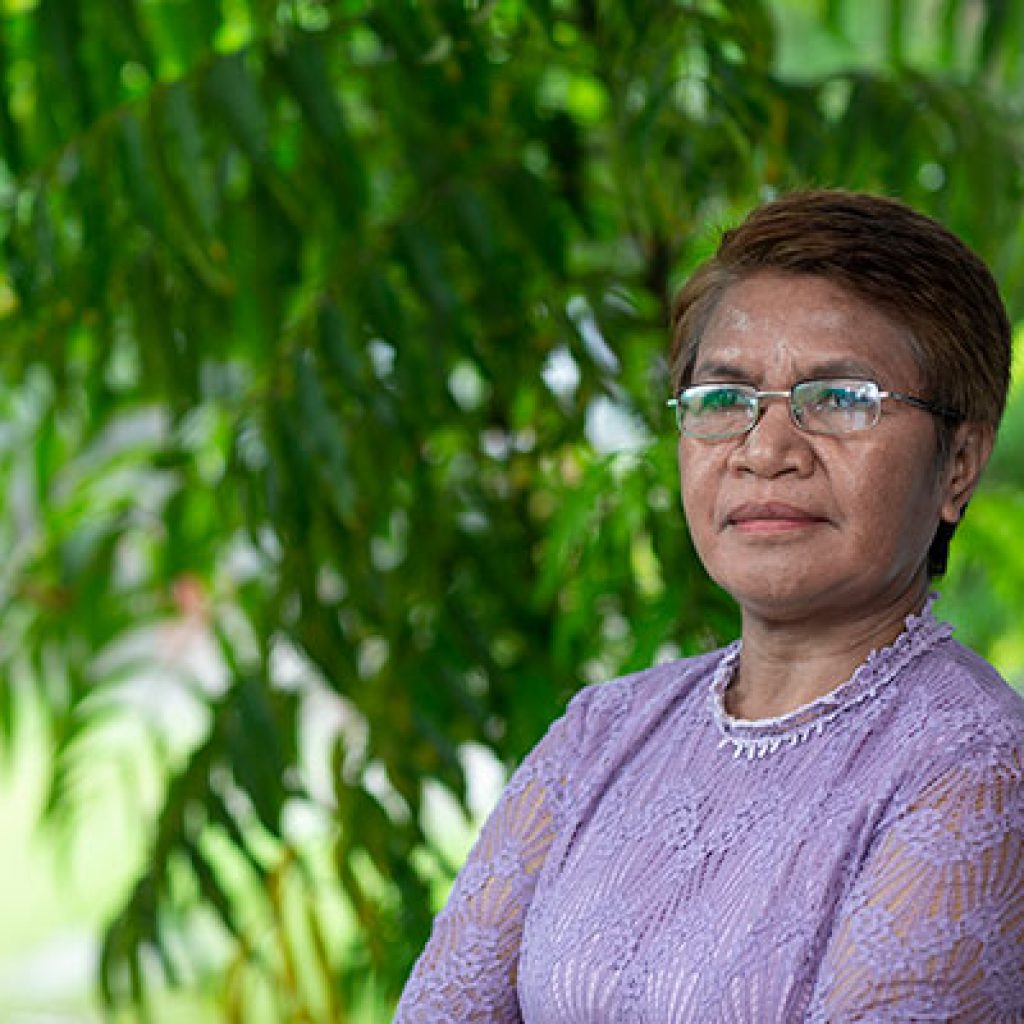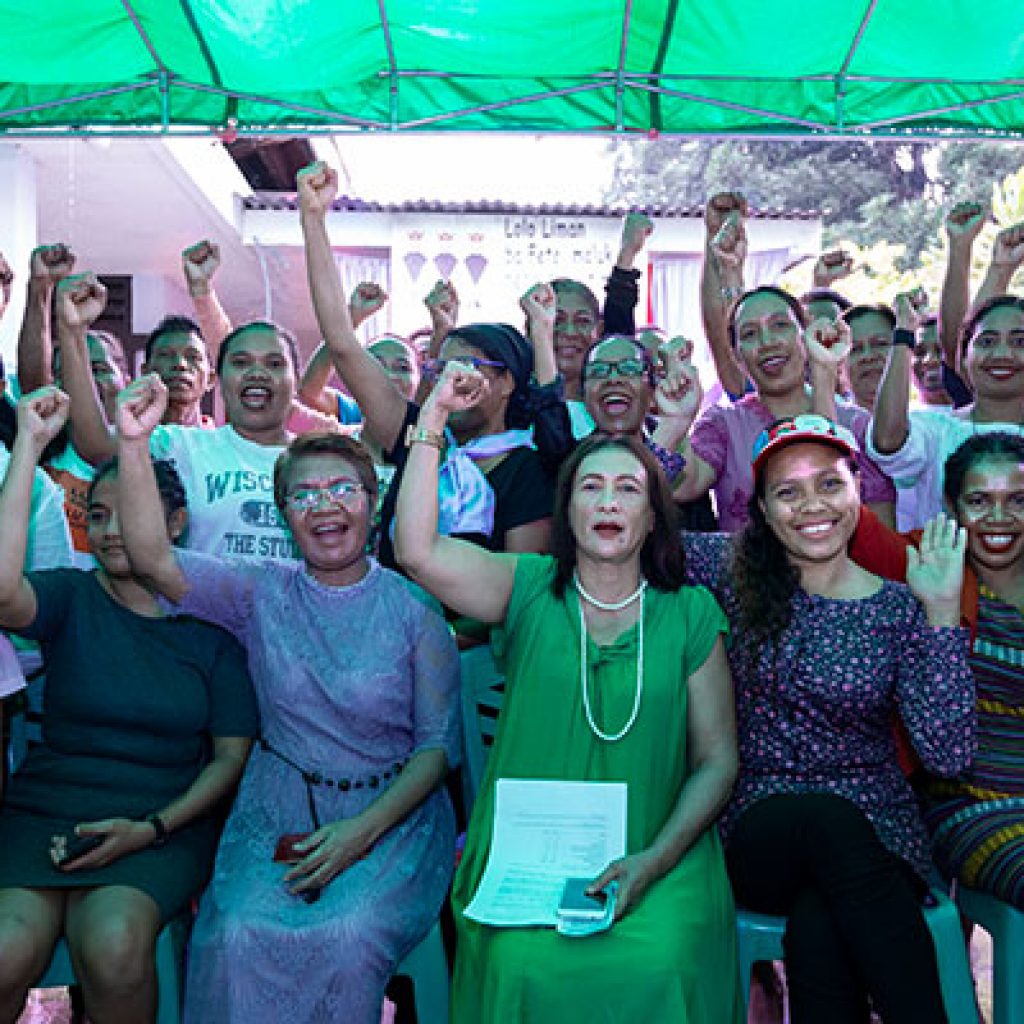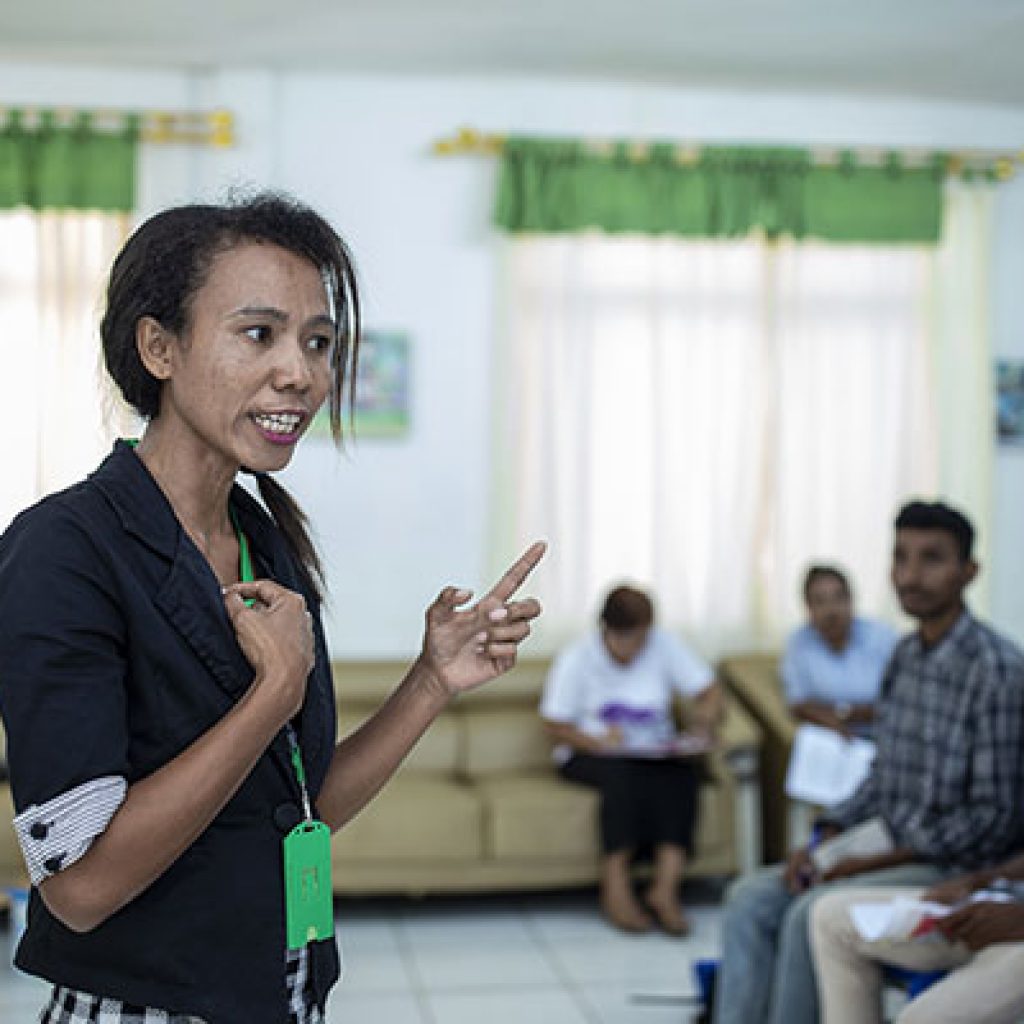
10 things you probably don’t know about Timor-Leste

Australia is one of the many countries that make up the Asia Pacific region, a diverse part of the world ranging from island archipelagos, snow-capped mountain villages, and lush rainforests to huge cities, bustling streetscapes and religious meccas. But beneath the Lonely Planet blurbs and holiday snaps is a region rich in complexity. This six-part series will examine the countries we work in on a level you might not often be exposed to.
Timor-Leste is one of Australia’s closest neighbours – you can fly there from Darwin in a little over an hour. Yet despite its proximity, Timor-Leste doesn’t get as much attention as other islands in the Asia Pacific region.
Here are 10 things you might not know.
1. At least 100,000 people are estimated to have died under Indonesian occupation
Before the turn of the century, Timor-Leste had spent much of the last 200 years occupied by foreign powers. Portugal began trading with Timor-Leste in the early 16th century, and had colonised the Southeast Asian nation by 1769. During World War II, Imperial Japan forcibly took over before the nation, before surrendering at the end of the War. Timor-Leste was once again taken by the Portuguese, before independence was gained in 1975. This didn’t last long – Indonesia invaded just 9 days later, and it remained in control for nearly 25 years, during which an estimated 100,000 – 250,000 people died.
2. It’s first democratic elections were held in 2001
In 1999, the United Nations supervised a referendum in which the Timorese people decided on Independence. This saw violence peak, with 1,400 people killed and a further 300,000 people made refugees. Much of Timor-Leste’s infrastructure was destroyed, including homes, water supply systems, schools and their electrical grid. After a peacekeeping mission led by Australian troops, the conflict ended, and Timor-Leste held its first elections in 2001. After more conflict in the late 2000s, the United Nations officially ended its peacekeeping mission in 2012.
3. Timor-Leste doesn’t have a permanent maritime boundary with Australia – but that might be set to change
Since gaining independence, Timor-Leste and Australia have had no permanent maritime boundary between them. In 2006, a treaty was established that set a temporary border and split the profits of the Sunrise oil and gas field, which holds an estimated $40 billion worth of old and gas, 50/50. Timor-Leste have since expressed views they see the deal as unfair. In January of this year, they called on the Australian Government to tear up the treaty – and Australia agreed. Negotiations on a permanent barrier are taking place this year.
4. Timor-Leste is one of the poorest countries in our region
Despite impressive progress since independence, the country’s economic challenges are considerable. Timor-Leste remains one of the most oil-dependent countries in the world with oil and gas revenues accounting for 70% of GDP. With two-thirds of its 1.17 million population living on less than US$2 a day, Timor remains one of the poorest countries in the region. People in rural areas still lack basic infrastructure and social services do not reach those most in need.
5. Customary law still limits women’s opportunities
In Timorese society, informal justice systems still have a huge influence. Men are expected to be responsible for decision making in the household and are the major income earners in the formal economy. Moreover, religious and cultural values reinforce male authority and restrict choices available to women and girls. These cultural practices include polygamy and bride price, as well as customary principles relating to property rights, inheritance, and succession to traditional offices. Women are customarily limited from owning their own land, and while this is not stipulated in formal law, it puts women, especially those in rural areas, at risk of marginalisation within families and extended communities.
6. Illiteracy rates are high, and women are significantly less likely to be literate
Following years of foreign occupation and conflict, education rates in Timor-Leste plummeted, and have still not fully recovered. Despite impressive progress since independence, the country’s economic challenges are considerable. Only 64% of Timorese people over the age of 15 can read or write – but when this figure is broken down by gender, nearly 10% more men are literate compared to women. Women are less likely to be educated, and to speak the national language of Tetum, which prevents them from accessing justice, obtaining well-paying work, and taking leadership roles in politics and public administration.
7. A quarter of women marry before they turn 20
Women marry younger than men in significant numbers, with 24% of married women having married between the ages of 15 to 19, compared to only 5% for men. The figures are reversed for men, with the largest number of men marrying between the ages of 25 to 29 and only 33% being married by the time they are 29. This means that many girls marry not long after puberty, during and straight after school. Boys on the other hand are marrying at a stage of life when they are more economically productive. Commonly, a young woman will be married to a man seven to ten years older than her. In a culture where age and masculinity are seen as powerful, this can further deepen gender discrimination and inequalities.
8. Timor-Leste has one of the highest proportions of women parliamentarians in the world
Women’s equal rights are formally recognised and gender equality goals are adopted in normative frameworks, however, widespread gender inequalities still exist due to Timor’s strong patriarchal culture and customary law, which reinforce strict gender roles. But when it comes to Members of Parliament, Timor-Leste have one of the highest percentages of women in the world. With 38% of parliamentarians currently women, Timor-Leste is surpassing the 30% quota it embedded in its constitution to ensure women are getting closer to having equal say at a national level.
9. The number of women Village Chiefs doubled this year
Village Chiefs are in charge of convening communities to identify priorities for development support, coordinate delivery of services, and have an important role in dispute resolution and ensuring access to justice, including in domestic violence cases. Before the Village elections that took place in 2016, only 11 of the 442 elected Village Chiefs in Timor-Leste were women. A new law, ratified in July, stipulated that at least one woman had to stand in every Village. As a result, 319 of the 2071 candidates (15%) were women. 21 women were elected. This doesn’t seem like much, but it is an exciting step forward against significant barriers.
10. The women’s movement have achieved major wins in the last year alone
Despite huge obstacles, Timor-Leste’s thriving women’s rights movement has seen some huge wins for women in the last year. In addition to the quota of Village Chief candidates, they’ve managed to help pass a transformative Human Trafficking Law in Timor-Leste. IWDA partners Alola Foundation, ALFeLa and other civil society organisations in Timor-Leste have spent years advocating and lobbying for a law to protect people from trafficking. This year, the President of Timor-Leste has promulgated the country’s first ever Law Against Human Trafficking – this means it is no longer draft, and finally law. This is huge news, and we’re proud to support the strong women of Timor-Leste in advancing women’s rights.




